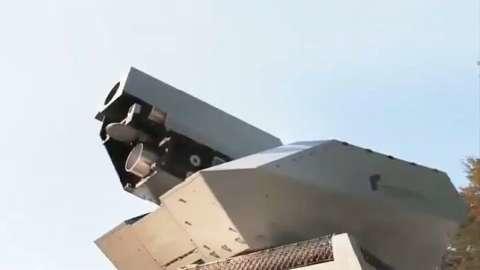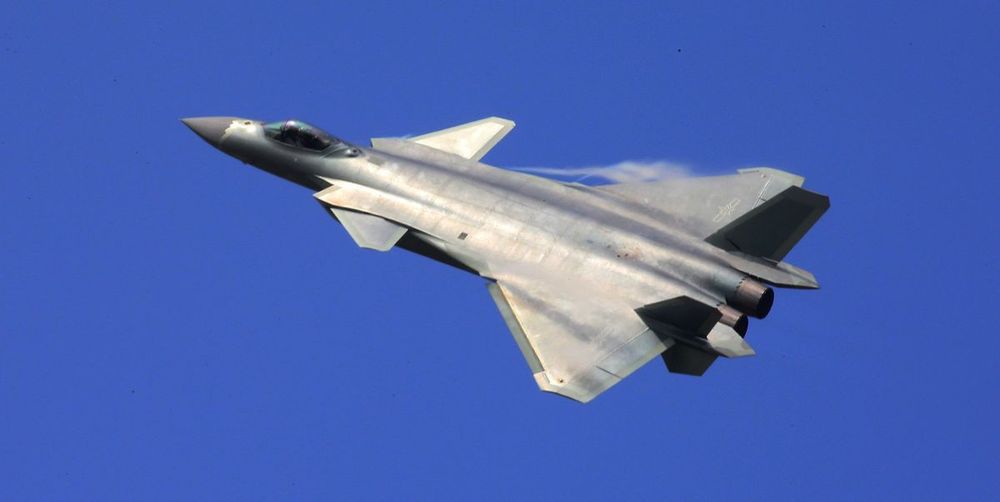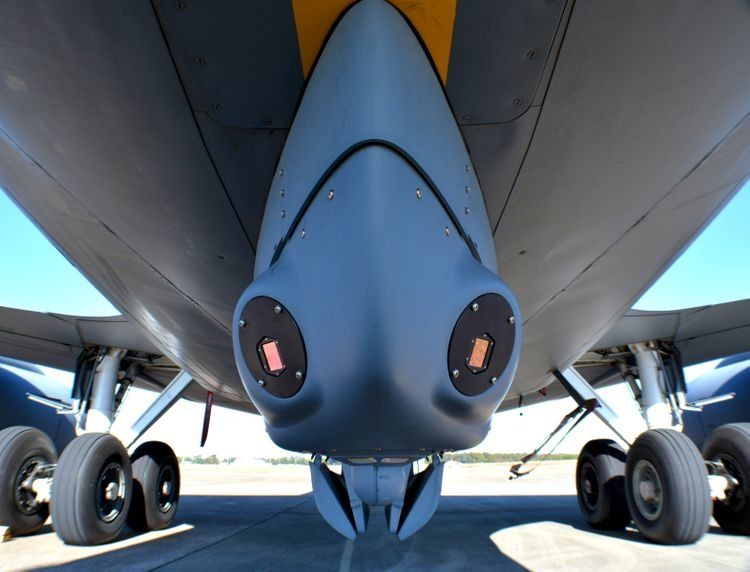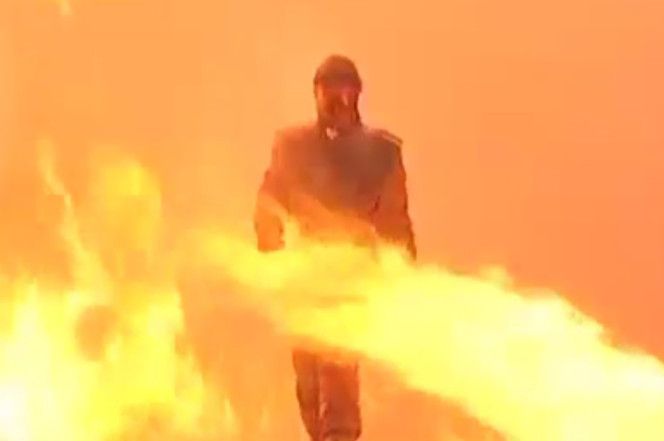Circa 2018
As part of the country’s massive re-arming and military modernization efforts, Russia’s defense apparatus has been quietly developing a next-generation suit that will give its wearers enhanced strength, awareness and combat effectiveness, and has reportedly already tested it in battle.
Created as part of the Ratnik (Russian for warrior) system program, the suit isn’t designed for special operations forces, but rather, general infantry use. That’s right — the average Russian infantryman will step outside the wire wearing game changing battle rattle, likely by 2025.
While similar to the American Land Warrior and Future Combat Systems projects, Ratnik has actually succeeded where the other multi-billion dollar programs have stalled. Up-armoring soldiers and increasing the ergonomic qualities of their gear is only a part of what Ratnik aims to do, however.







